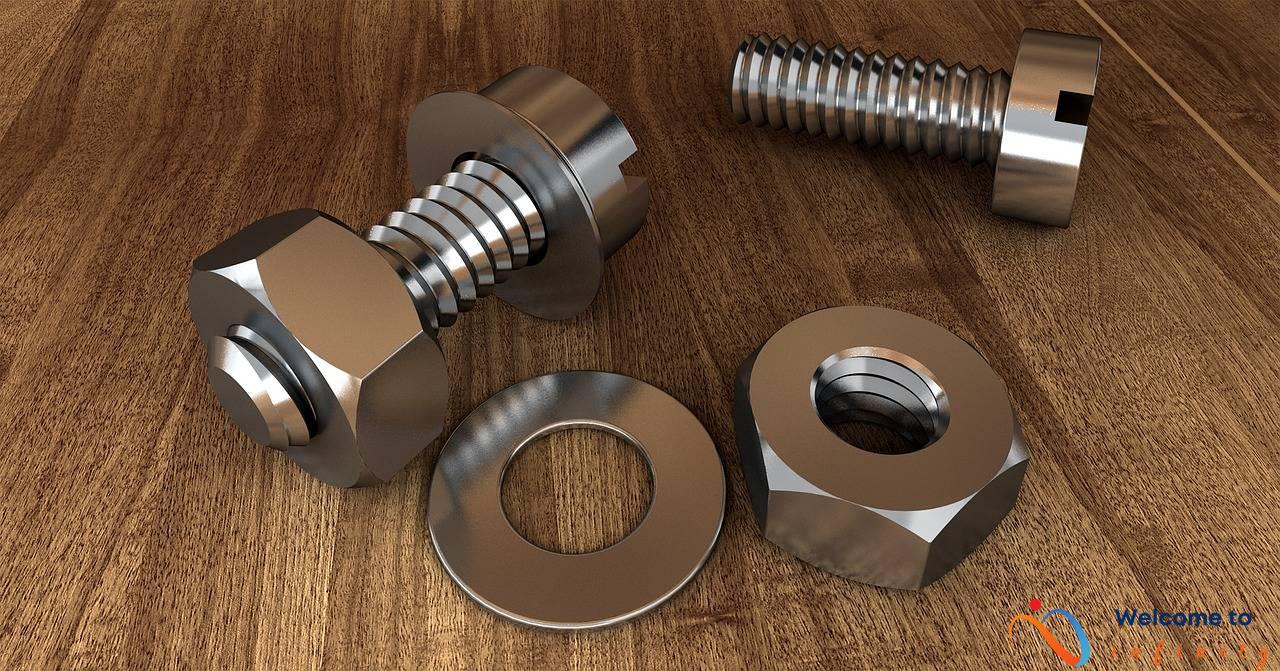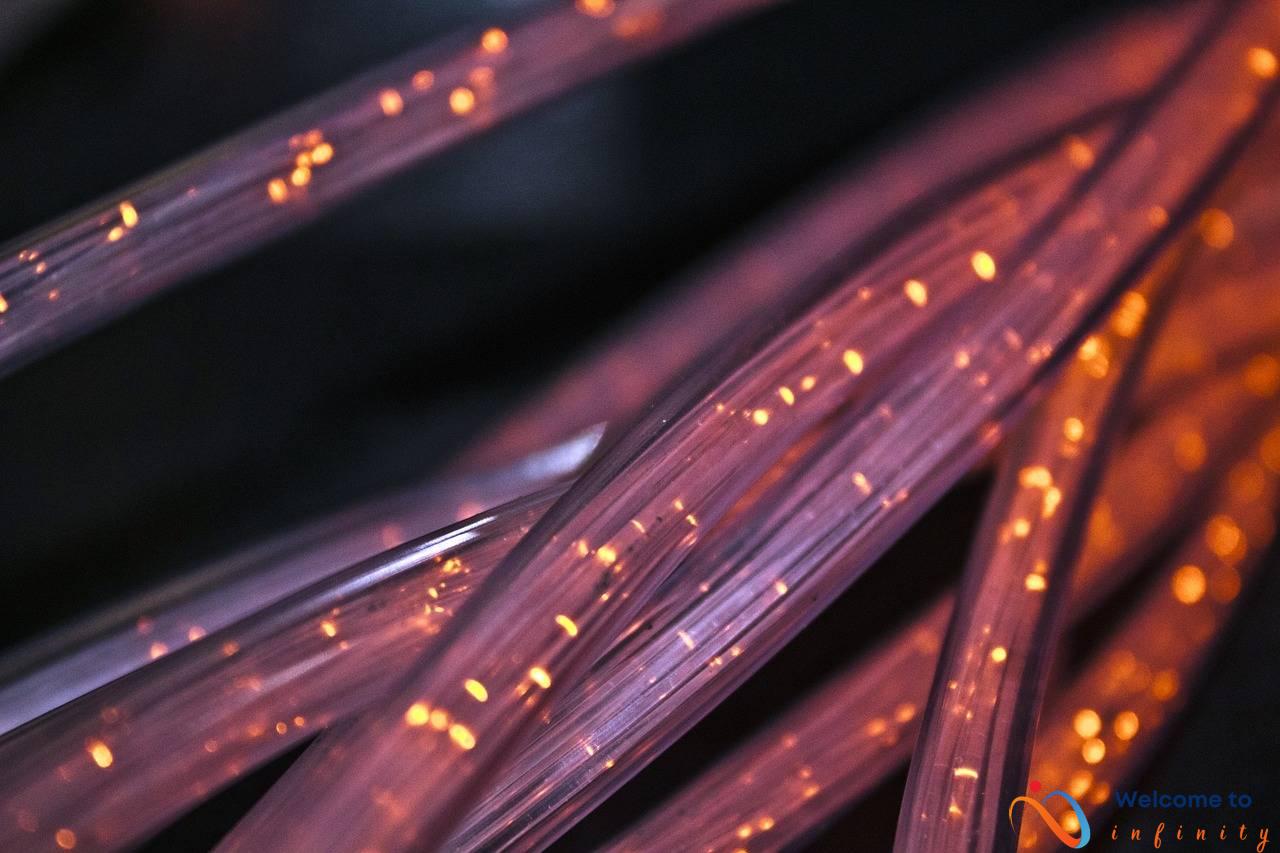the manufacturing industry has gone through significant changes in the past decades, and one of the most notable developments has been the introduction of industrial robots in the production process. These advanced machines are revolutionizing the way products are manufactured, providing more efficient, accurate, and cost-effective solutions for businesses.
Industrial robots have come a long way since their inception in the early 1950s when the first industrial robot, the Unimate, was introduced. At first, robots were primarily used for tasks that were deemed dangerous or dirty for human workers. However, with rapid technological advancements, industrial robots have become more versatile and capable of performing complex tasks that were previously done only by humans.
The use of industrial robots in manufacturing has several benefits, including improved productivity and quality, increased efficiency, and cost savings. Robots can work at a much faster rate than humans, without making any errors, and can operate 24/7 if necessary. This helps manufacturers to produce large volumes of high-quality products in less time, which in turn increases profitability.
- Increased efficiency and productivity – Robots can work continuously and without taking breaks
- Improved safety – Robots can handle dangerous and hazardous tasks
- Higher quality products – Robots can perform tasks with precise accuracy, delivering exact results every time
- Reduced costs – Robots don't require wages, benefits, or breaks like human workers do
- Flexibility – Robots can be programmed to perform a variety of tasks, eliminating the need for multiple machines
As the manufacturing industry continues to evolve, the future of industrial robotics is bright. Advancements in artificial intelligence and machine learning are helping to make robots smarter and more capable. With innovations such as collaborative robots and autonomous mobile robots, robots will be able to work safely alongside human workers, increasing efficiency and productivity even further.
In conclusion, industrial robots have revolutionized the manufacturing industry, and their impact will continue to grow as technology advances. With the benefits of increased efficiency, improved safety, higher quality products, and cost savings, it's no wonder why more and more manufacturers are adopting industrial robots in their production processes.
The Early Years of Industrial Robotics
Industries have come a long way and a significant contributor to this transformation is the advent of industrial robots. These robots have revolutionized the manufacturing industry, and their utilization has brought about a wave of efficiency and cost-savings. Let's take a quick look back at the history of industrial robots and their early applications in manufacturing.
Industrial robotics dates back to the early 1950s, where they were initially introduced in the automobile industry as a part of the assembly line process. These early robots were mainly used to carry out repetitive and monotonous tasks such as welding, painting, and handling heavy objects. They were large and cumbersome, with a limited ability to perform complex tasks.
The 1960s brought about significant advancements in industrial robotics, with the introduction of computer-controlled robots. The usage of these computer-controlled robots allowed for greater flexibility in programming, which led to an increase in precision and accuracy. As the technology improved, robots were designed to perform more complex and delicate tasks such as assembling small electronic components.
As time passed, the size and design of industrial robots changed significantly. They became more compact, and their capabilities expanded considerably. Robots are now capable of being programmed to perform various tasks, with the ability to adapt to changing conditions and environments. With advancements in technology and artificial intelligence, robots are becoming increasingly autonomous, which allows them to operate without human intervention.
- The first robots were introduced in manufacturing in the 1950s, primarily in the automobile industry.
- Computerized robots were introduced in the 1960s, leading to an increase in precision and accuracy in manufacturing processes.
- Robots have evolved over time, becoming more compact and adaptable to a wide range of tasks and environments.
These early developments paved the way for massive changes in the manufacturing industry, with robots being a major contributor to its transformation. In the next section, we'll explore the different benefits of industrial robots and how they have impacted the industry.
The Benefits of Industrial Robots
The incorporation of industrial robots in manufacturing has led to numerous benefits for companies across a variety of industries. One of the most significant advantages is the increase in efficiency that robots provide. Industrial robots are able to work around the clock without stopping for breaks, ultimately increasing production rates and output compared to human workers. Additionally, robots are able to complete tasks with greater precision and accuracy, reducing the likelihood of errors that can occur in manual labor.
Another advantage is the cost savings associated with using industrial robots. While there is a significant initial investment to purchase and install robots, over time the cost of maintaining and operating robots is much lower than that of human workers. For example, robots do not require sick leave or vacation time and their maintenance costs are typically lower than the salaries and benefits required for human workers. Furthermore, robots are able to complete tasks that are too hazardous or dangerous for humans, ensuring a safer work environment and reducing the risk of accidents or injuries.
In addition to these benefits, industrial robots improve overall quality control and lead to fewer product defects. By utilizing robots for precise and repetitive tasks, companies are able to maintain consistent, high-quality production levels. This ultimately leads to increased customer satisfaction, and improved brand reputation.
The benefits of industrial robots are clear and have revolutionized the manufacturing industry. As technology continues to advance and robots become more sophisticated, the potential for increased efficiency, accuracy, and cost savings only becomes greater.
Types of Industrial Robots
Robots have become a common sight in manufacturing, with their installation soaring in recent years. One of the reasons for this is the wide range of industrial robots available in the market. There are three primary types of industrial robots used in manufacturing: articulated, cartesian, and SCARA.
Articulated robots are the most widely used and versatile industrial robots used in manufacturing. They feature rotary joints that allow them to move and position with the utmost precision. They can typically handle heavy loads and can perform complex and delicate tasks with ease. These robots are ideal for assembly line operations, including welding and material handling.
Cartesian robots, also known as gantry robots, are known for their linear movements along the X, Y, and Z axes. They have the ability to carry large payloads and are often used in packaging and palletizing because of their precise movements. These robots are easy to program and have a low cost of installation.
SCARA robots or selective compliance assembly robot arm are designed for speed and accuracy. These robots have a high level of precision and can rapidly carry out repetitive tasks. They are used for pick-and-place operations, material handling, and assembling components.
There are other robots, such as Delta and Polar robots, which are more specialized and used for specific tasks. These robots are typically used in the food industry and packaging industry, respectively.
Overall, the use of industrial robots has provided significant benefits to the manufacturing industry by increasing efficiency, accuracy, and cost savings. With the wide selection of robots in the market, manufacturers can choose robots specific to their needs and requirements to optimize their production process.
The Future of Industrial Robotics
The future of industrial robotics is incredibly promising, with significant advancements being made in artificial intelligence and machine learning. These technologies are opening up incredible opportunities for manufacturers to optimize their production processes and improve the quality and consistency of their products.
One area where robotics is making a significant impact is in the area of predictive maintenance. Rather than simply reacting to maintenance problems once they occur, manufacturers can use machine learning algorithms to analyze data from their robots and predict when maintenance issues are likely to occur. This can lead to reduced downtime, increased efficiency, and significant cost savings.
Another important development in the field of robotics is the increasing use of collaborative robots, or “cobots.” These robots are designed to work alongside human workers and assist with tasks that are difficult, dangerous, or time-consuming. By allowing robots and humans to work together, manufacturers can create highly flexible and efficient production processes that can adapt quickly to changing demands.
As robotics continues to advance, we can also expect to see increased use of drones and autonomous vehicles in manufacturing. These technologies are being used today to transport materials and products between different parts of a facility, but there is significant potential for them to be used in more complex manufacturing tasks in the future.
Finally, we can expect to see increased integration between robots and other manufacturing technologies such as 3D printing and the Internet of Things (IoT). By connecting robots to other devices and systems, manufacturers can create highly sophisticated, automated manufacturing processes that are capable of producing high-quality products with unparalleled accuracy and consistency.
The Impact of Industrial Robots on the Job Market
The introduction of industrial robots has undoubtedly brought about significant benefits for the manufacturing industry. However, as with any technological advancement, concerns arise about its potential impact on the job market. The use of robots in manufacturing has been increasing steadily since the 1960s, and it's important to consider the implications it has on the workforce.
One of the primary concerns is the potential for job displacement. As robots become more advanced and capable of performing complex tasks, the need for human labor decreases. Some estimate that up to 20 million manufacturing jobs could be automated globally by 2030. This, in turn, could lead to a significant increase in unemployment rates, especially for those without specialized skills required for robot maintenance and programming.
Another impact of industrial robots on the job market is the shift in the types of jobs available. While robots handle repetitive, menial, and dangerous tasks, human workers can focus on more complex and skill-based work, such as programming and maintenance of the robots. This means that manufacturing jobs may require different skill sets than before, and workers will need to adapt to keep up with technological advancements.
Despite the potential for job displacement, the use of robots in manufacturing can also create new job opportunities. The development, installation, and maintenance of robots require skilled workers, such as engineers, programmers, and technicians. The growth of the robotics industry can thus lead to an increase in demand for these types of jobs.
Overall, the impact of industrial robots on the job market is complex. While it may lead to job displacement, it also opens up new opportunities for skilled workers. It is crucial for workers, businesses, and governments to adapt and support education and training programs to keep up with the rapid technological advancements in the manufacturing industry.
Challenges in Implementing Industrial Robots
Implementing industrial robots in manufacturing has been a challenge for many manufacturers. There are several obstacles that hinder the adoption and integration of robots in production processes. These challenges include high costs, lack of skilled labor, and the need for special infrastructural changes.
One of the main challenges manufacturers face when integrating robots is the initial start-up costs, which can often be expensive. The implementation of industrial robots requires a significant capital investment, including the purchase of the robots, installation, and infrastructure changes. Many small and medium-sized enterprises (SMEs) cannot afford such investments, restricting their ability to remain competitive.
Another challenge for manufacturers is the lack of skilled labor. While robots can increase efficiency and productivity, they still require trained workers to operate and maintain them. As the use of robots increases, there is a need for highly skilled professionals with the expertise to design, program, operate, and maintain them. However, there is currently a scarcity of such labor, making it difficult for companies to find qualified personnel.
In addition to the lack of skilled labor, manufacturers must also make infrastructural changes to accommodate the robots. This includes modifying the production line and equipment to ensure that everything runs smoothly with the robots. These changes can often be complex and require expertise, adding to the overall cost of implementation.
Despite these challenges, implementing industrial robots can bring significant benefits to manufacturers. It can increase efficiency, reduce error rates, and enhance the quality of products. Furthermore, robots can work continuously without breaks or fatigue, reducing the need for additional staff during busy periods.
To overcome these challenges, it is necessary to provide training and education to workers to enable them to work alongside robots. Additionally, governments need to establish policies and regulations that support the development of robotics in manufacturing. In summary, while there are many challenges associated with the implementation of industrial robots, they can be overcome with the right training, investment, and support.
Training and Education in Robotics
Incorporating industrial robots into manufacturing processes requires a significant shift in how workers operate on the assembly line. To facilitate this transition, training and education programs are necessary to help workers adapt to the use of robots in manufacturing.
Such programs should cover the basics of robotics, including programming and troubleshooting, as well as safety protocols and best practices when working alongside robots. Employers could sponsor these programs or offer incentives for employees to pursue further education in robotics-related fields.
Moreover, job retraining programs can also be effective in helping workers acquire new skills that are better suited to the growing trend of automation in manufacturing. These programs can help affected workers find new job opportunities or transition to roles that require human oversight of robotic operations.
The need for education and training in robotics is especially crucial given the long-term potential of the technology. As automation continues to advance, workers who have learned to work alongside industrial robots will be better positioned to remain relevant within the industry. In short, investments in employee education and training hold the key to future growth and competitiveness in manufacturing.
In conclusion, as industrial robots increasingly become a staple within manufacturing, it is important for workers to receive the necessary training and education to adapt to the changing work environment. Employers can also benefit from working with governments to develop and sponsor training programs that will create a more versatile and skilled labor force. By doing so, the industry can best take advantage of the benefits offered by industrial robots, while creating new opportunities for workers to upskill and remain competitive in an evolving job market.
The Role of Government in Advancing Robotics
The growth of industrial robotics in manufacturing depends heavily on the support of governmental policies and regulations. Governments play an important role in promoting the development and adoption of robotics in various industries, including manufacturing.
One of the ways that government policies can support the advancement of robotics is by providing incentives to manufacturers to invest in robotic automation. Tax credits and subsidies can encourage companies to expand their use of robots, helping them to offset the high initial investment costs. Government funding can also support research and development of new technologies that can improve the efficiency and capabilities of robots in manufacturing.
Regulations related to safety standards and data privacy can also promote the growth of robotics in manufacturing. The implementation of clear safety guidelines for robotic automation can ensure that workers are not put in danger while working alongside robots. Additionally, regulations regarding data privacy and cybersecurity can help protect sensitive data that may be transmitted and processed by robots during their operations.
Furthermore, governments can promote the education and training of workers to adapt to the use of robots in manufacturing. By investing in training programs and curriculums, governments can equip workers with the knowledge and skills required to work alongside robots and operate them effectively.
In short, the role of the government in advancing robotics in manufacturing is crucial. It is essential for governments to create favorable policies and regulations to encourage the investment in and adoption of robotic automation in manufacturing. By doing so, manufacturing businesses can remain competitive, improve efficiency and accuracy, and create new job opportunities in robotics-related fields.












